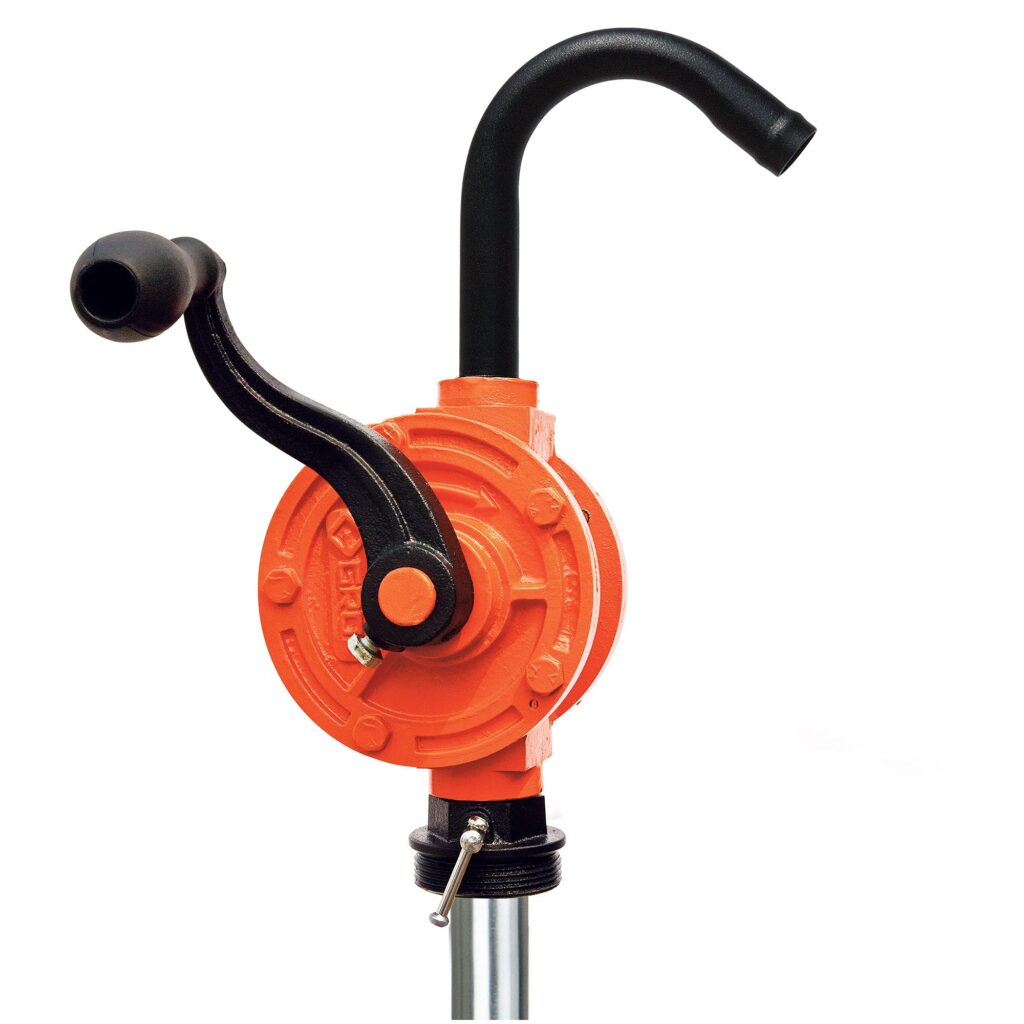A Deep Dive into Drum Pumps – Types, Applications, and Maintenance
Drum pumps are versatile tools used for transferring liquids from drums, barrels, and containers with ease and efficiency. They find application in a wide range of industries, from chemicals and pharmaceuticals to food and beverage processing. In this deep dive, we will explore the various types of drum pumps, their applications, and essential maintenance practices.
Types of Drum Pumps:
Electric Drum Pumps – These are the most common type of drum pumps, powered by electricity. They are known for their reliability and efficiency. Electric drum pumps are available in various configurations to handle different types of liquids, from corrosive chemicals to viscous oils.
Pneumatic Drum Pumps – Also known as air-operated drum pumps, bomba para tambor use compressed air to transfer liquids. They are suitable for applications where electricity is not accessible or where there are concerns about sparking in hazardous environments.
Hand-operated Drum Pumps – These are manually operated pumps, typically used for smaller quantities of liquid. They are cost-effective and ideal for situations where power sources are limited or impractical.
Battery-powered Drum Pumps – These pumps combine the convenience of electric pumps with portability. They are battery-operated, making them suitable for remote or mobile applications.

Drum pumps have a wide range of applications across various industries:
Chemical Industry – Chemical drum pumps are designed to handle corrosive and hazardous chemicals safely. They are crucial for transferring acids, bases, solvents, and other chemicals from drums to process vessels.
Food and Beverage Industry – In this sector, drum pumps are used for transferring liquids such as syrups, cooking oils, and flavorings. They are essential for maintaining hygiene and preventing contamination.
Pharmaceutical Industry – Drum pumps play a vital role in pharmaceutical manufacturing by transferring active pharmaceutical ingredients APIs, solvents, and other liquids with precision and consistency.
Oil and Gas Industry – In this sector, drum pumps are employed to transfer lubricants, fuels, and various oils from storage drums to machinery, ensuring smooth operations.
Manufacturing and Industrial Processes – Drum pumps are used for a variety of applications, including coolant transfer, machine lubrication, and the handling of cutting fluids in metalworking processes.
Agriculture – Farmers and agricultural workers use drum pumps for dispensing pesticides, fertilizers, and other agricultural chemicals from large containers.
Proper maintenance is essential to ensure the longevity and reliability of drum pumps. Here are some key maintenance practices:
Regular Inspection – Check the pump’s components, including seals, hoses, and fittings, for signs of wear or damage. Replace any worn parts promptly to prevent leaks.
Cleaning – Clean the pump after each use to prevent the buildup of residue or contaminants. This is especially critical in industries with strict hygiene requirements, such as food and pharmaceuticals.
Lubrication – Some drum pumps may require periodic lubrication to ensure smooth operation. Refer to the manufacturer’s guidelines for specific lubrication requirements.
Drum pumps are indispensable tools in various industries for transferring liquids efficiently and safely. Understanding the different types of drum pumps, their applications, and implementing proper maintenance practices is crucial for maximizing their performance and lifespan while ensuring the safety of personnel and the integrity of the transferred liquids.